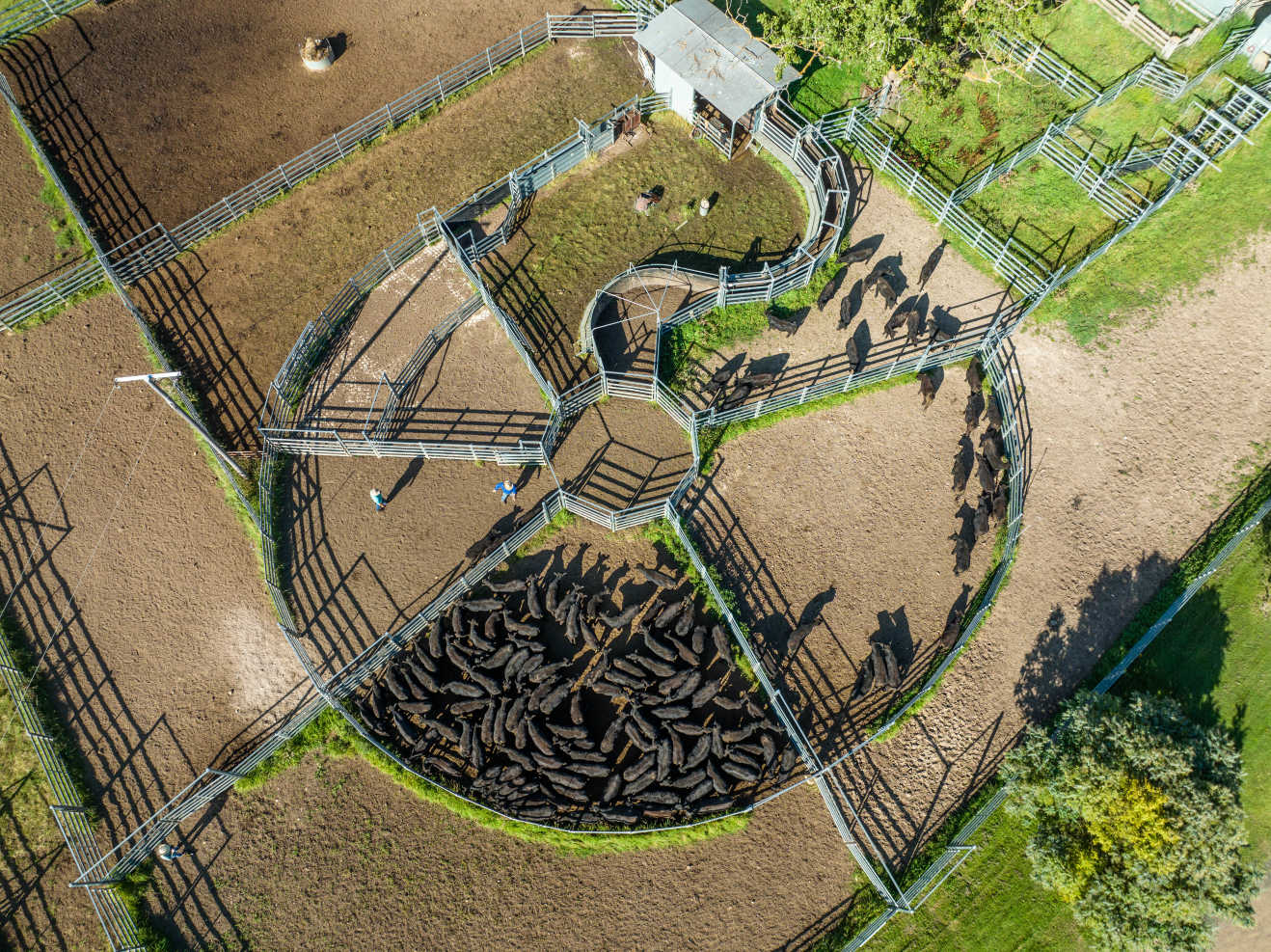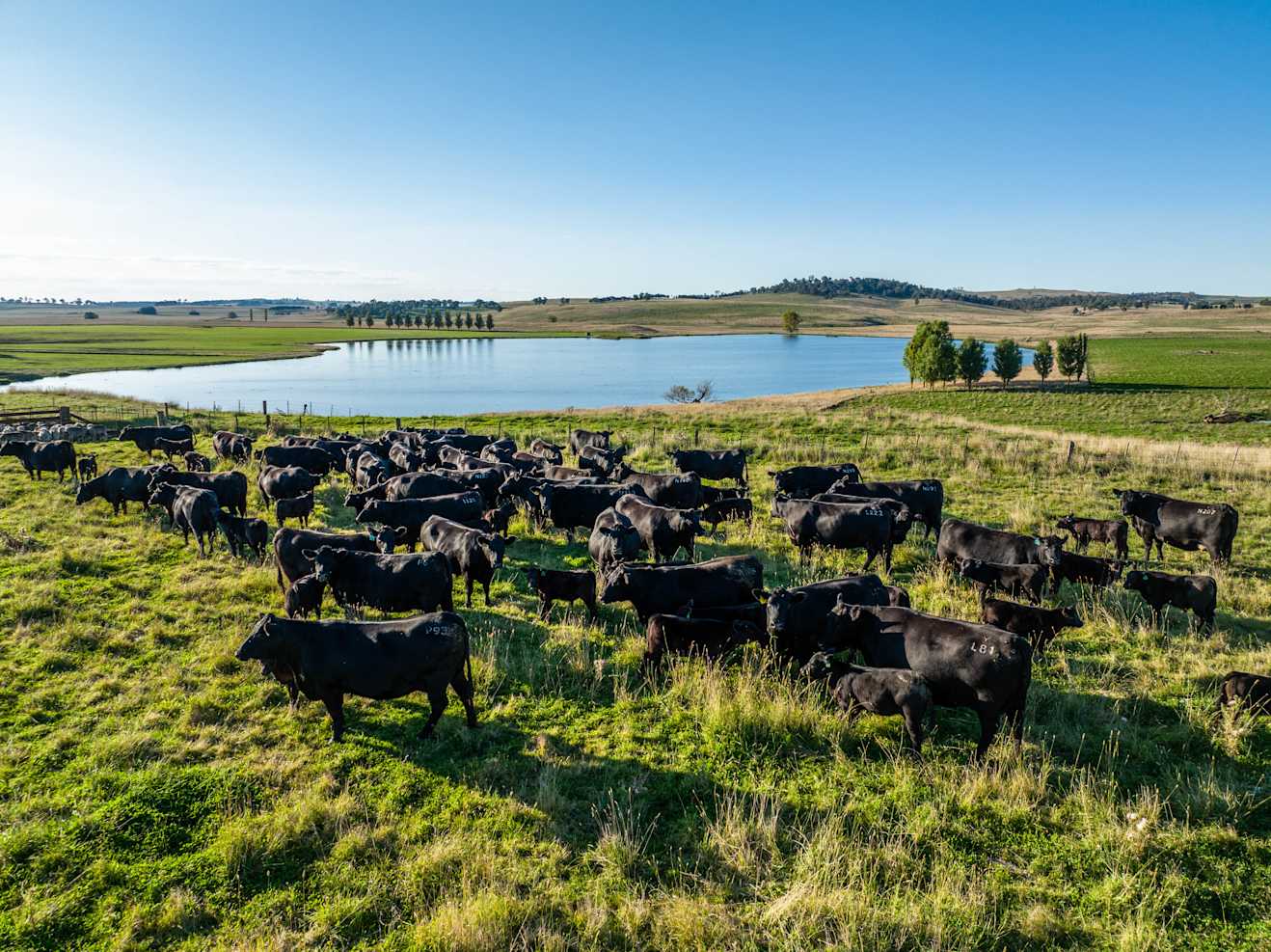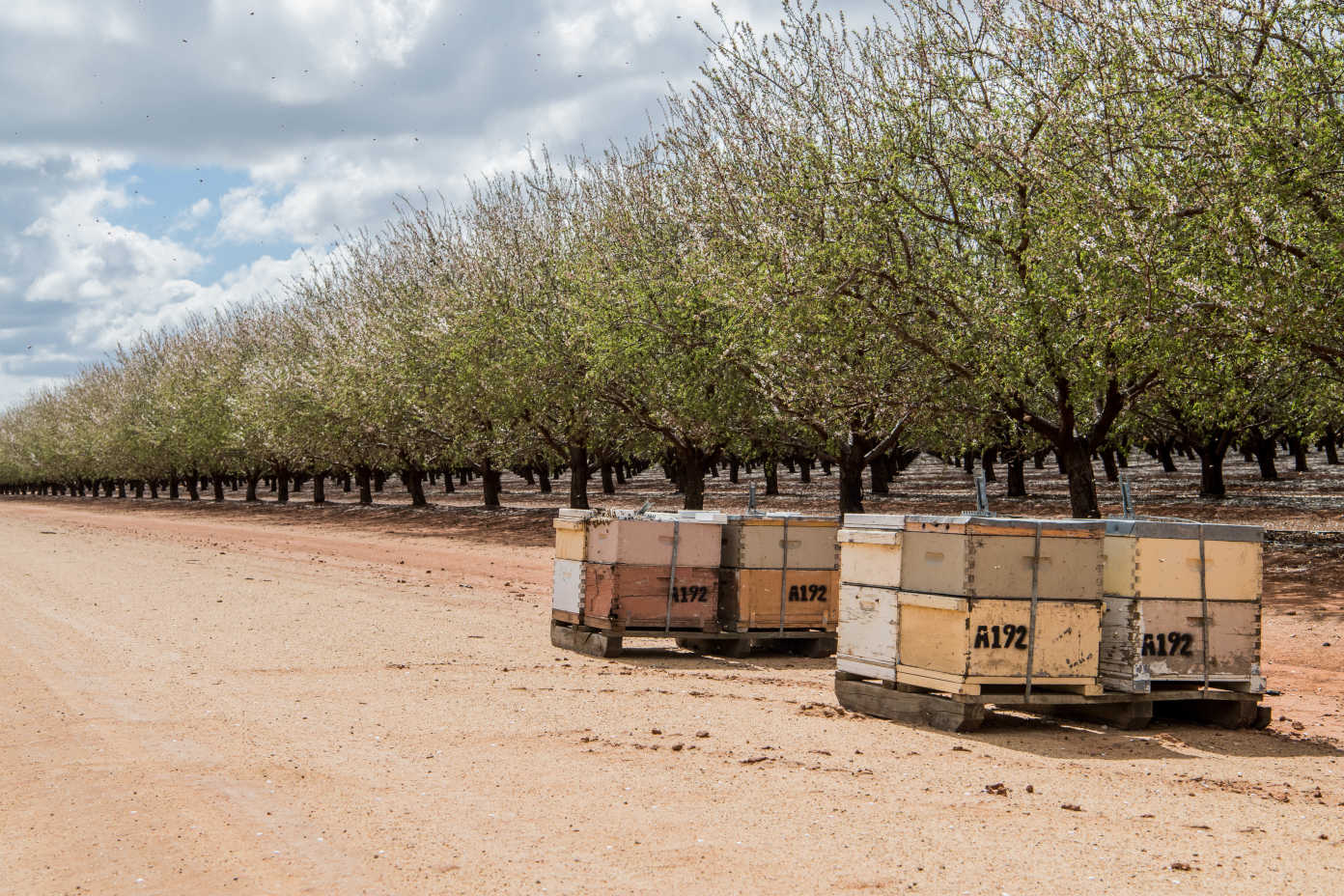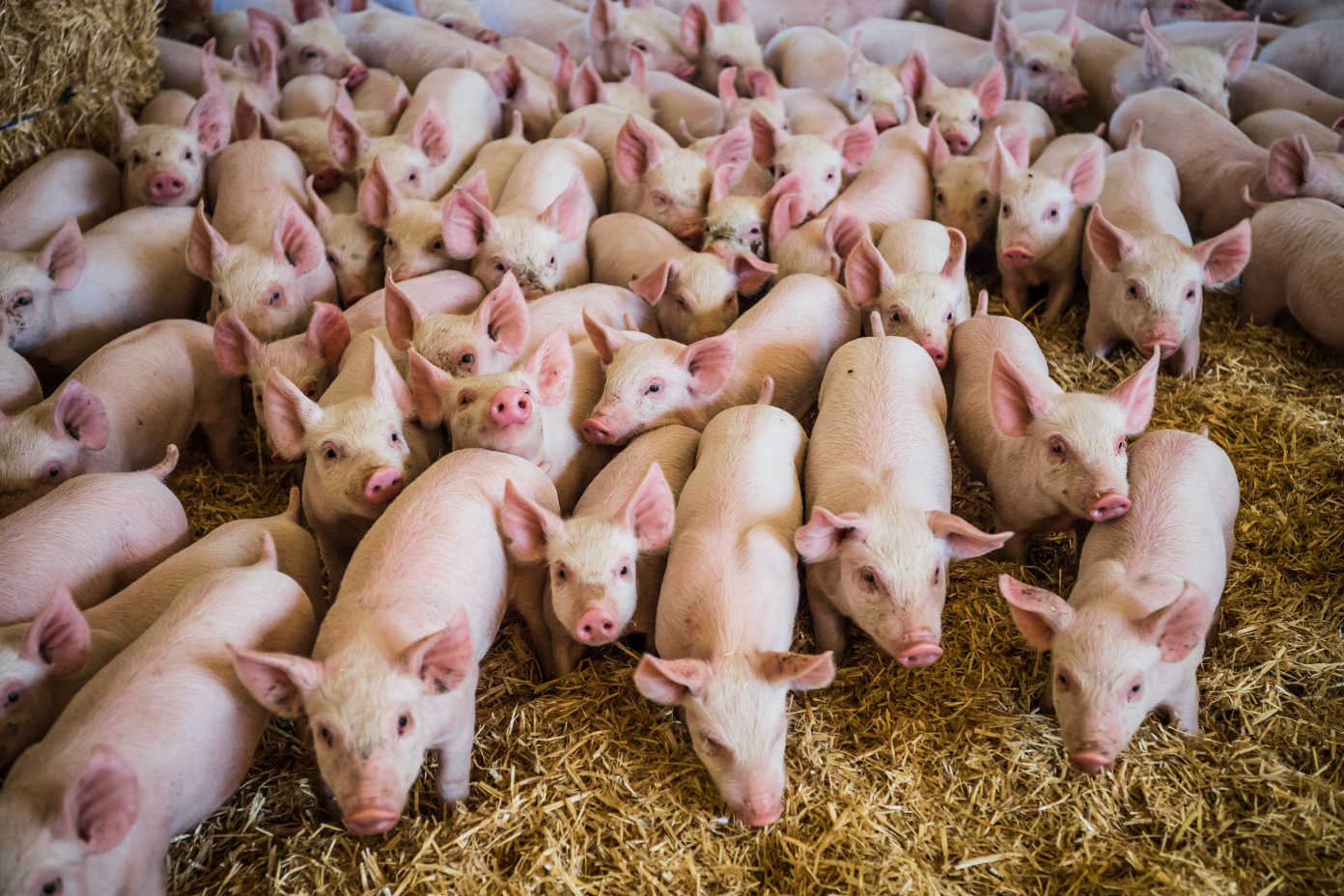Common Approach to GHG Accounting
AIA and CSIRO developed a common framework for GHG accounting for Australian agriculture, which supports sector-level baselines, reporting and communication of a united narrative around emissions.





Common framework and terminology
On 2 May 2023, AIA announced the completion of the Common approach to sector-level greenhouse gas (GHG) accounting for Australian agriculture project.
This project developed a common framework for GHG accounting, which will help support sector-level baselines, reporting and communication of a united Australian narrative around emissions.
The Common Approach to GHG Accounting for Australian Agriculture framework provides best practice guidance for sector-level accounting and can be used to steer improvements in data collection and reporting over time.
Prior to the commencement of this project, no national guidance for agricultural sector-level GHG accounting within Australia existed.
The Non-Technical Summary provides an introduction to the framework and its application.
Download GHG Accounting - Project Overview and Non-Technical Summary document
The Methods and Data Guidance Document provides a common framework for greenhouse gas (GHG) accounting of Australian agricultural activities at the sector level.
Download GHG Accounting - Methods and Data Guidance Document
The Common Terminology document is an extended glossary of terms used in or relevant to the project.
Download GHG Accounting - Common Terminology
Collaborative approach
The project brought together technical experts (led by CSIRO), RDCs, and several state government departments, to achieve consensus on general principles that could be broadly applied across agriculture, fisheries and forestry.
Consistency, transparency, confidence
Australian agriculture, fisheries and forestry now have an agreed standard protocol for GHG emissions accounting and a shared understanding of terminology.
This provides the sector with a strong foundation to enhance consistency, transparency and confidence in its GHG reporting and communications.
How to use the Common Approach Framework The Common Approach is recommended to be used to develop GHG accounts for Australian agricultural sectors at national and/or regional level, representing the commodity(ies) produced.
The Common Approach is not designed for generating farm-level GHG accounts, product-specific carbon footprints, sector comparisons or the estimation of carbon credits.
Key national and international overarching frameworks that the Common Approach draws on, where possible, are the Australian National Greenhouse Gas Inventory (NGGI) and its approaches, ISO standards, guidance provided by FAO (Livestock Environmental Assessment and Performance Partnership) and the GHG Protocol. About the Framework AIA commissioned CSIRO to develop the Common Approach, with support from agricultural sectors, using technical experts from CSIRO, QUT, NSW Department of Primary Industries, University of Melbourne, Integrity Ag & Environment and Australian Wine Research Institute. It was funded through contributions from AIA, CSIRO, AgriFutures Australia, Australian Pork Limited, Cotton Research and Development Corporation, Dairy Australia, Grains Research and Development Corporation, Hort Innovation, Meat & Livestock Australia, Sugar Research Australia, Wine Australia, and the Western Australian Department of Primary Industries and Rural Development. Voluntary participants in the project included other RDCs and various state government departments.
The framework in action
Several RDCs are already positioning their commodity-specific projects to align with the Common Approach or cross-checking existing methods with the guidance that has been developed.
Wine Australia has developed an Emissions Reduction Roadmap for the grape and wine sector, which incorporates the Common Approach framework and terminology.
